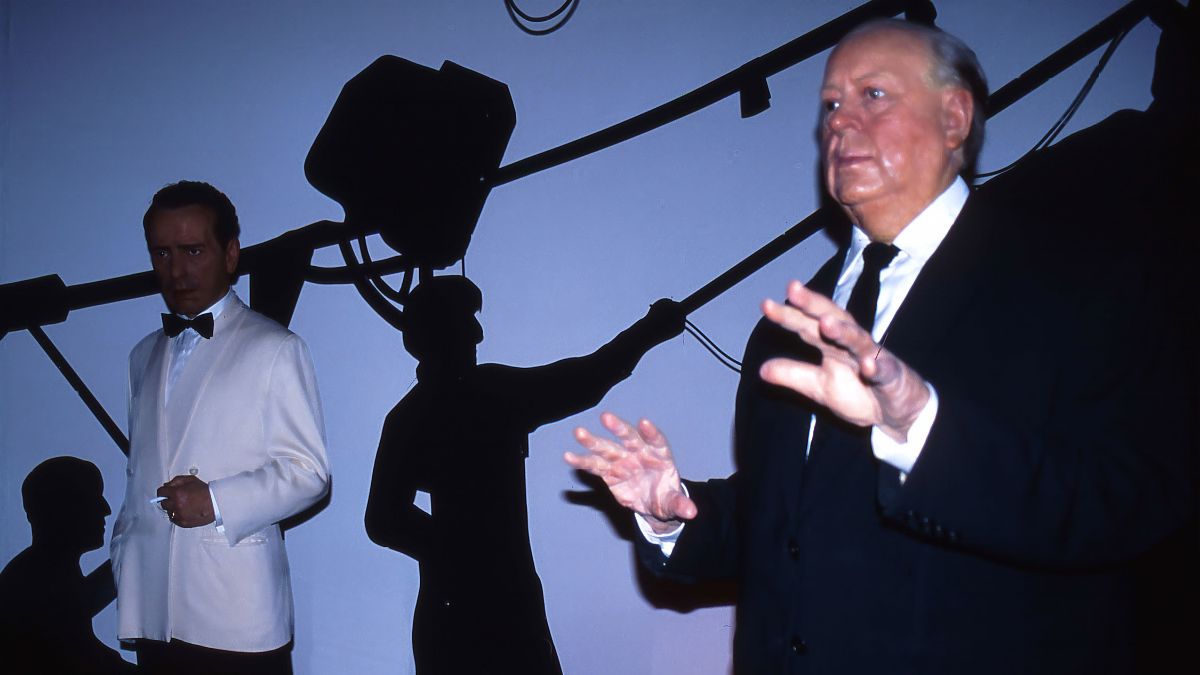Gone with the Wind: An Epic of the 1930s
Gone with the Wind: An Epic of the 1930s
Alfred Hitchcock: Master of Suspense in 1950s Cinema

Alfred Hitchcock: Master of Suspense in 1950s Cinema
In the luminous era of 1950s cinema, a visionary director emerged, cloaked in mystery and draped in ingenuity. Alfred Hitchcock, the Master of Suspense, crafted films that transcended the boundaries of traditional storytelling, weaving tapestries of tension, intrigue, and psychological depth that left audiences utterly spellbound.
The decade of the 1950s saw Hitchcock in a relentless pursuit of cinematic excellence. His films from this era were not mere motion pictures; they were elaborate mind games, intricate puzzles that challenged and enthralled viewers. Hitchcock’s mastery lay in his ability to manipulate the audience’s emotions, to make hearts race and palms sweat with nothing but the power of a well-placed camera angle or a meticulously timed piece of music.
One cannot discuss Hitchcock’s 1950s oeuvre without mentioning “Rear Window” (1954). This masterpiece of suspense showcased Hitchcock’s uncanny ability to transform the mundane into the menacing. Set entirely in the confined space of an apartment, the film turns an ordinary man’s voyeuristic pastime into a gripping tale of murder and morality. The audience, like James Stewart’s character, is trapped, peering through a lens, piecing together a sinister puzzle. The tension is palpable, the suspense unbearable, and the climax, a breathtaking culmination of fear and fascination.
Then came “Vertigo” (1958), a dizzying descent into obsession and identity. Hitchcock’s genius was his ability to delve into the human psyche, to explore the dark corners of the mind. In “Vertigo,” he weaves a narrative so intricate and surreal that it blurs the line between reality and illusion. The film’s use of innovative camera techniques, such as the famous dolly zoom, not only exemplified Hitchcock’s technical prowess but also visually manifested the protagonist’s disorientation and despair. The result was a cinematic experience that was as haunting as it was mesmerizing.
Hitchcock’s influence extended beyond the psychological and into the realm of pure thrill with “North by Northwest” (1959). This film encapsulates the quintessential Hitchcock chase, complete with mistaken identities, cunning villains, and a relentless pursuit across iconic American landscapes. The film’s climax, set on the treacherous faces of Mount Rushmore, is a masterclass in suspenseful storytelling. It’s a scene that encapsulates the very essence of Hitchcock’s craft: the ability to create a heart-stopping spectacle while never losing sight of the human drama at its core.
What truly set Hitchcock apart was his understanding of fear. He knew that the most profound terror lies in the anticipation, in the unknown lurking in the shadows of our imagination. He didn’t just show his audience a story; he made them a part of it. They were no longer mere spectators but accomplices in a thrilling game of cat and mouse.
In the 1950s, Alfred Hitchcock didn’t just make films; he redefined the art of cinema. He pushed boundaries, challenged conventions, and left a legacy that would inspire generations of filmmakers. His films were not just stories; they were experiences, journeys into the heart of human fear and fascination. Hitchcock was more than a director; he was a storyteller, a conjurer of dreams and nightmares, a master craftsman in the art of suspense. And in the golden age of cinema, he was the undisputed king, reigning supreme in a kingdom of shadows and thrills.